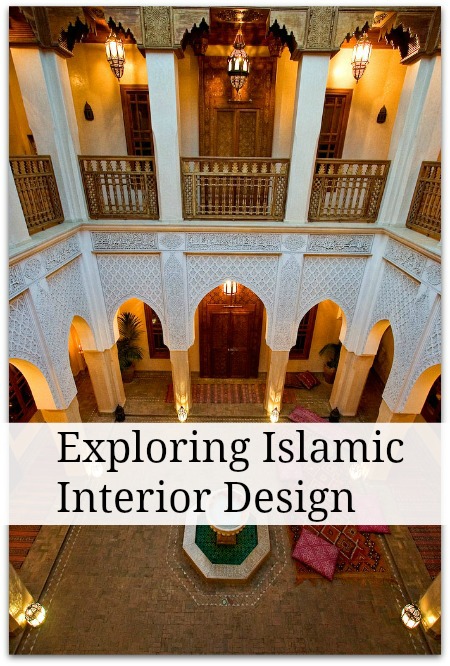 In 1992 I immigrated from Jordan to the United States. While it was exciting to experience something new, it wasn’t long before I started to feel homesick. To ease my loneliness, I began surrounding myself with family photos, books, home accents and artwork from Jordan. My apartment became my sanctuary where I felt comfortable and happy; a true desert oasis in a sea of western influence. But only after the birth of my first child did my new home have a meaning.
In 1992 I immigrated from Jordan to the United States. While it was exciting to experience something new, it wasn’t long before I started to feel homesick. To ease my loneliness, I began surrounding myself with family photos, books, home accents and artwork from Jordan. My apartment became my sanctuary where I felt comfortable and happy; a true desert oasis in a sea of western influence. But only after the birth of my first child did my new home have a meaning.
The Middle East, stretching from Present day Morocco to Iran, is a cultural hearth for the Arab, Persian, Berber, and Kurdish peoples. Drawing influences from ancient empires since the dawn of civilization, remnants of the past can still be seen today. In my opinion, the influence of the Islamic civilization has been the most prominent. Arches, domes, calligraphy, and art are a common sight all over the Middle East. I’ve written a piece on the Islamic influence here.
The root of Arab culture lies with the Bedouins, a nomadic desert people that populated the Middle East since its inception. Considered the “True Arabs”, they adhere to a strong code of honour that prioritizes generosity and hospitality. For example, after being invited to an Arab home for a meal, you can expect to be seated at a table with a big spread of a variety of dishes. You can also expect to eat past your fill.
Since they are constantly on the move, their homes accommodate their lifestyle: rugged, efficient, and practical. The Bedouins use rugs and cushions for seating and sleeping. It is simple, comfortable, and inviting.
I experienced the Bedouin’s lifestyle first hand when I visited Wadi Rum in Jordan with my family. A Bedouin scout guided us as we toured the desert and learned about the history of Wadi Rum, most notable for it’s appearance in “Lawrence of Arabia”. During the tour, we stopped several times to enjoy the scenery and feel the desert sand.
The Bedouins have spent millennia in the desert, and of course they have developed many skills with regards to living in such a harsh environment. One in particular that sticks in my mind is when our guide demonstrated how Bedouins use the leaves of a specific plant as soap to wash their hands. At the end of the tour, we stopped by a Bedouin tent where we were served refreshing cups of mint tea that was simmering over coal fire. It was a warm gesture of Bedouin hospitality.
The Middle Eastern style is about wealth and luxury, but also about simplicity and comfort. My decorating style blends the traditional Middle Eastern style with contemporary elegance. In my next post, I will share 7 tips on how to weave Middle Eastern design and Arabic decor in your home so be sure to sign up for my newsletter.





Saw this site today and thought of you: http://algedra.ae/en/interior-design-dubai-work/exterior-designs